What is mining cryptocurrency? Mining is the process of verifying and adding transactions to a public digital ledger, the blockchain. These things can be done by solving complex mathematical problems with specialized computer equipment. This secures the network and rewards miners with new cryptocurrency coins. Understanding mining with Xaigate to help beginners grasp how digital currencies operate in the decentralized financial ecosystem.
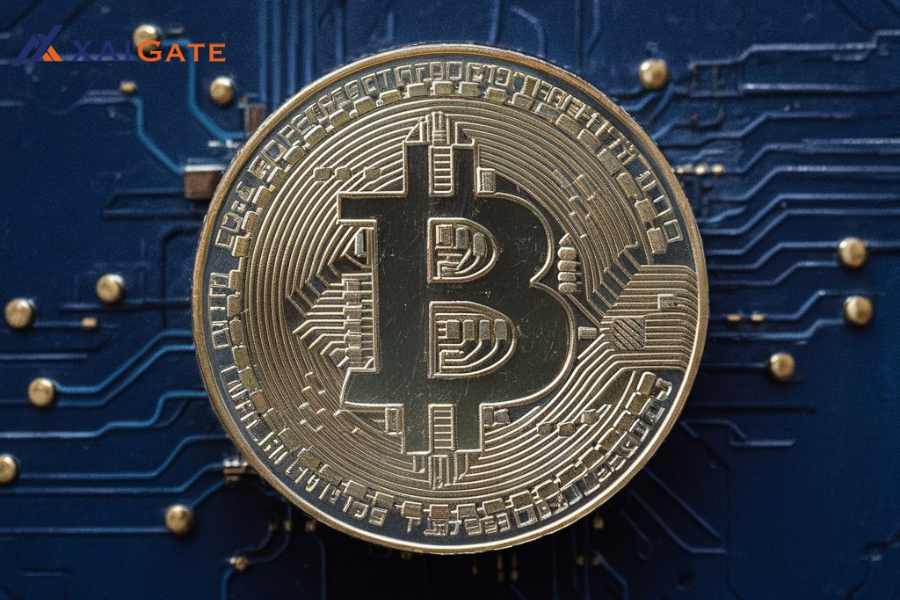
What is mining cryptocurrency?
If you are someone who has just started learning about the market for digital currencies (newbie) then. You must understand what is meant by “What is mining cryptocurrency?”.Consequently, mining involves verifying transactions made using different types of digital money then including them in a public digital record usually referred to as blockchain. This may involve solving complicated calculations through the use of specific computer equipment that necessitates higher computational energy. The new cryptocurrency coins are generated as an incentive for miners, who validate transactions and add new coins into the money supply.
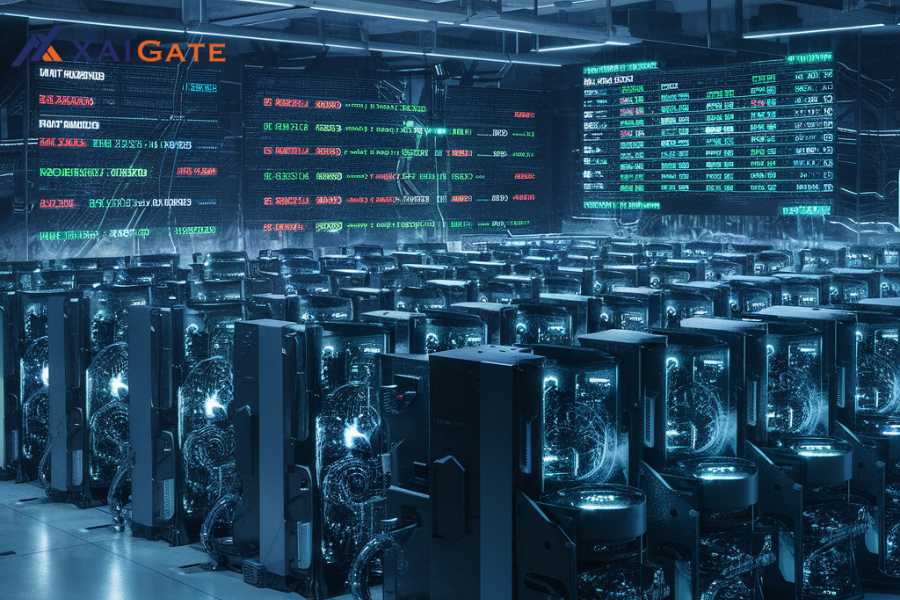
>>>> Learn more albout: cryptocurrency payments
How does crypto mining work?
Cryptocurrency mining is validation and securing of transactions on network based on avoiding complications in mathematics. This often used computer-intensive process has two stages: adding more blocks to an existing chain while solving a problem whose result is compensated by introduction digital money. This is what people mean when they ask, “What is mining cryptocurrency?” This process requires a great deal of computer processing callousness and electricity wastage. Consequently, from basic home configurations, crypto mining has transformed into big business scale.
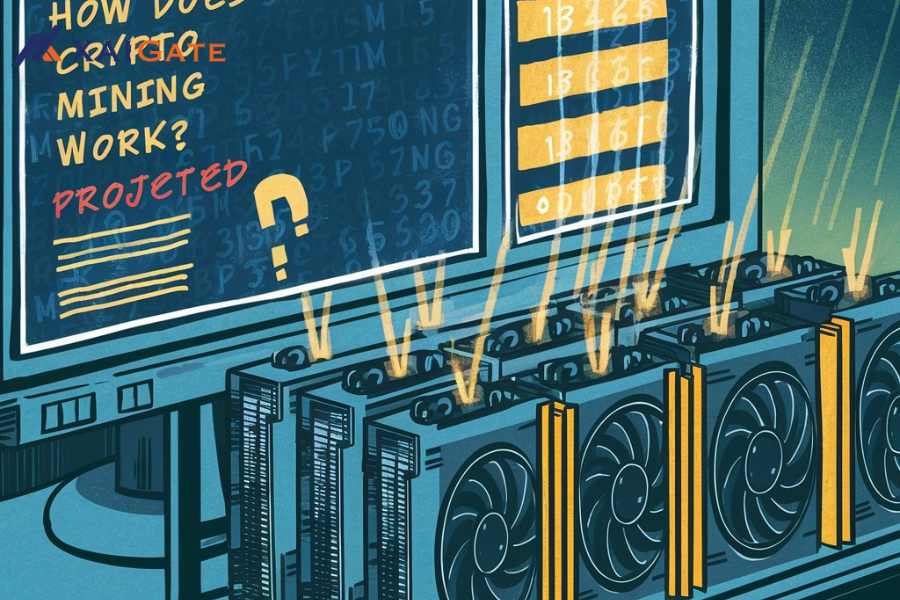
Pros of cryptocurrency mining
Creating new coins has been made easier of as well as maintained by the process; since it allows for verification transactions in a way that is decentralized, therefore making network security stronger while at the same time giving miners opportunity for some earning through cashing their prizes earned during the process or sales thereafter, because bringing up another potential benefit together with promoting acceptance and dependability in relation to digital currencies like this one.
Due to the latest breakthroughs in technology, the mining in question has become so easy to get into, that any person with any level of experience can equally get involved in this network. Knowledge of these benefits is very essential as one seeks to discover the meaning of “what is mining cryptocurrency?”.

Advantage
The major benefit of crypto mining is that it makes financial transactions decentralized, thereby decreasing dependence on conventional bank systems. This is because it promotes financial inclusion through blockchain technology which enables secure, transparent and irreversible transactions that are very essential especially in areas where banking services are not easily accessible.
In addition, crypto mining offers profitable benefits for those who undertake it because they get reward in coins and a share on transactions that take place. That way, there is growth in cryptocurrencyand blockchain investments and thus many business ideas are generated. Moreover, it has no middleman which means it is more secure and transparent amongst other reasons.
Defect
Mining forcryptocurrency carries significant disadvantages, with the paramount concern being its environmental repercussions. The quantitative aspect relating to this issue is that mining demands enormous electricity from sources of power most of which are non-renewable hence leading to high carbon emissions. Moreover, a lot of electronic waste is emitted when old mining equipment becomes unusable due to rapid technological changes in mi
Hơn nữa, rất nhiều chất thải điện tử được thải ra khi thiết bị khai thác cũ không sử dụng được do những thay đổi nhanh chóng về công nghệ trong ning hardware. When discussing sustainable and responsible technology use, crypto mining emerges as a controversial issue because it leads to environmental ruin due to high energy consumption and this results in electronic waste.

What is mining cryptocurrency and how do you start it?
To begin mining cryptocurrencies, there are steps that are necessary. Initially, the choice of one cryptocurrency to mine like Bitcoin or Ethereum has different software requirements because their hardware also differs. Finally, purchase correct mining hardware specificity for best results, like ASIC for Bitcoin or strong GPU for Ethereum. Don’t forget to chose and set up the mining software that is ideal for your hardware. Further combining your computational power with other miners in a mining pool will highly increase the probability of hitting a block, thus improving your earnings in case your miner find the block that leads to a reward. Finally, remember about the crypto payment it’s significant for mining because without it there is no process at all. The object where we will store all generated coins must be created too you should take care of the security issue by creating a reliable wallet.
>>> Learn more: Top wordpress cryptocurrency payment plugin
The Sustainability of Crypto Mining
There is much controversy on whether crypto mining is sustainable as it strives to strike a balance between technological advancements and environmental conservation. Considering particularly Bitcoin, mining requires a great deal of computing power that consequently results to high energy consumption and emissions of carbon into the atmosphere. This is a matter that has caused major arguments about whether this industry would survive in future or not.
Nevertheless, progress is being made in the shift to cleaner options by moving to alternative energy sources and coming up with more efficient mining versions. Crypto mining’s future sustainability therefore wholly relies on the extent to which the sector will be able to come up with ideas in terms of; new approaches of operation that would have less negative effects on environment (ecological footprints) as well as achieving technological advancement.

Is Crypto Mining Legal?
This Rights and Restrictions statement is valid for all jurisdictions in the world. In several countries, mining is legal provided the miners conform to tax and power usage rules among other things in force by the state. Still there are countries where crypto-mining activities are prohibited because of fear for ecology disruption or possible collapse of financial systems caused by excessive energy consumption patterns.
For example, both China and Iran have totally banned or at least regulated mining operations within their territories while some countries are yet to come up with such kind regulations. Miners need to always be up-to-date with what is happening on ground so that they don’t break the law as provided by their respective governments and prevent any possible troubles relating to it in future.
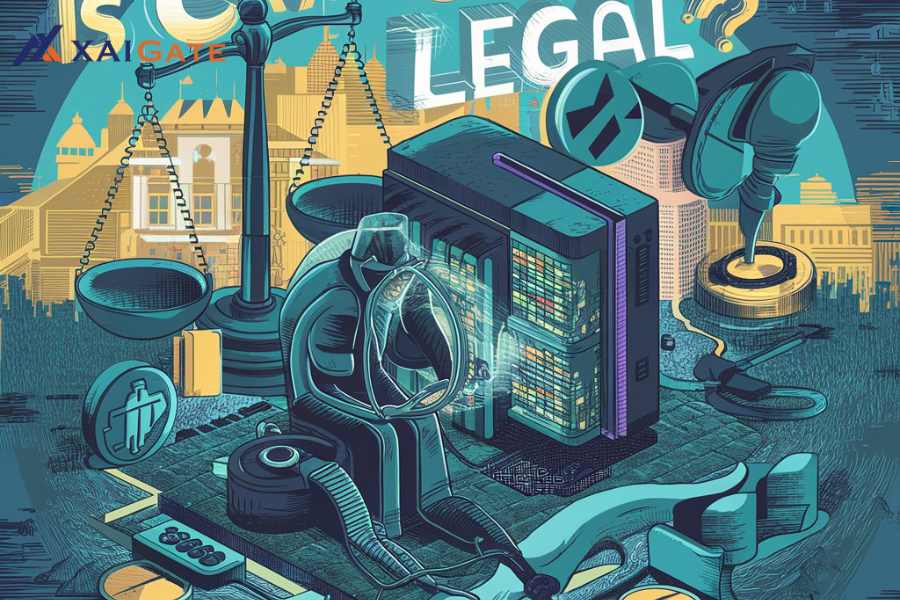
Conclusion – What is mining cryptocurrency?
To sum up, “what is mining cryptocurrency?” is when you utilize computational power for verifying and securing transactions on blockchains. Such transactions play a big role in the system since they are used in creating new coins besides helping users determine how trustworthy it is. Henceforth, anyone interested in venturing into this new landscape has to know what Bitcoin and other Crypto Payment Processor means. In as much as technology and regulations are developing, it is still crucial to be informed about mining practices for those who want to engage in cryptocurrency or invest in it.
XAIGATE is a secure and user-friendly crypto payment gateway that allows businesses to accept cryptocurrency payments from customers around the world. With Bitcoin Payment Gateways For WooCommerce, businesses can easily integrate cryptocurrency payments into their existing websites or online stores.

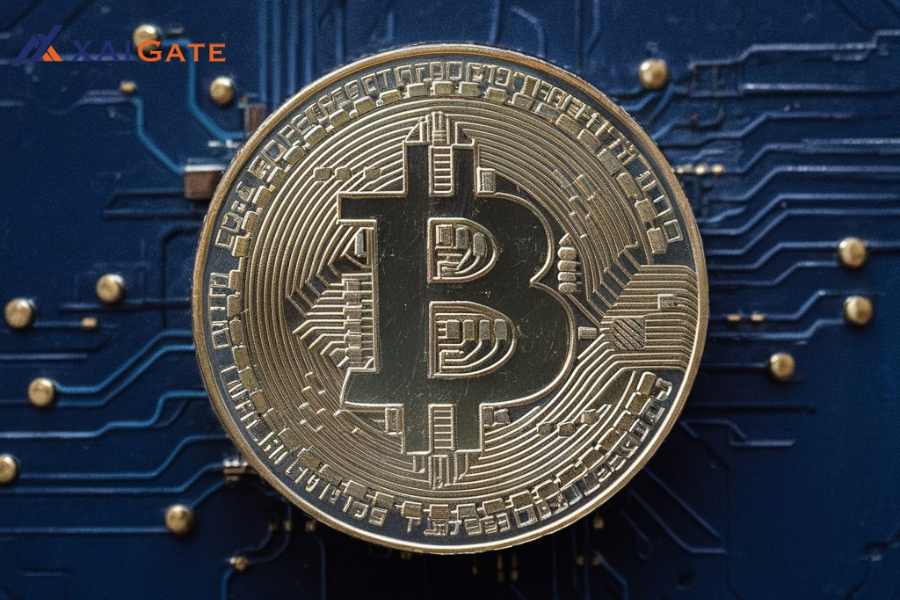

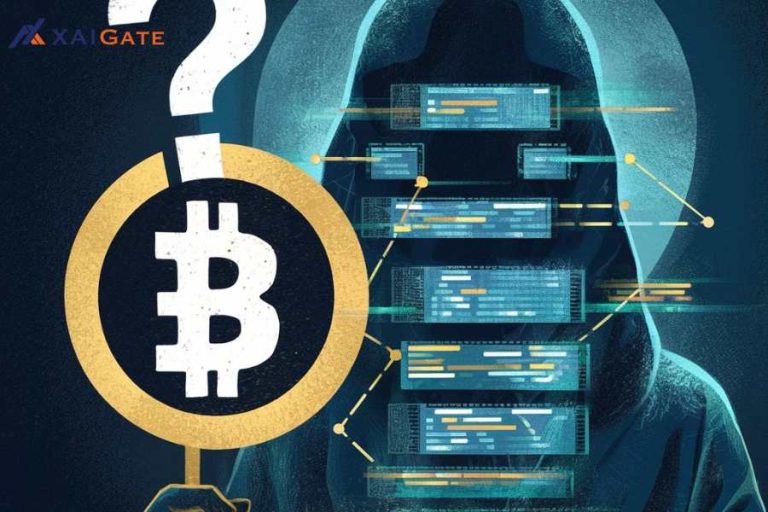
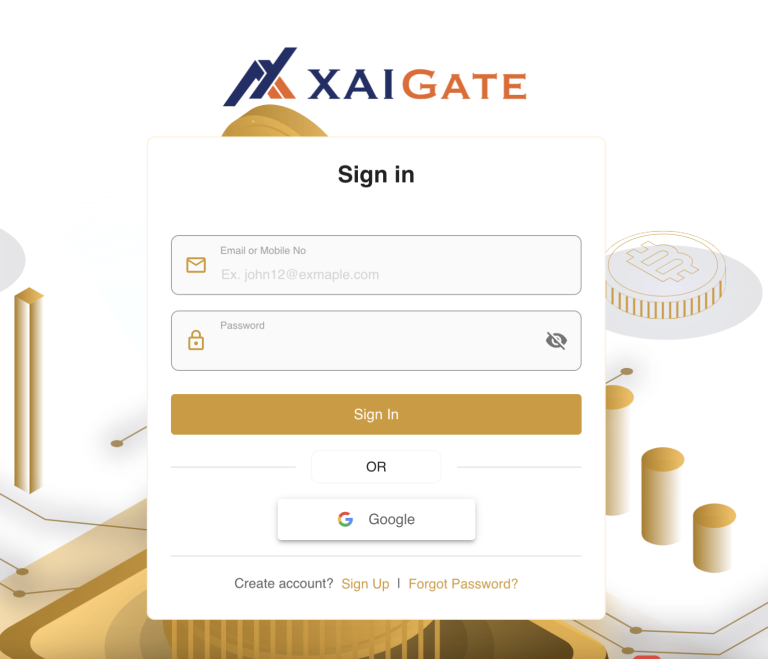
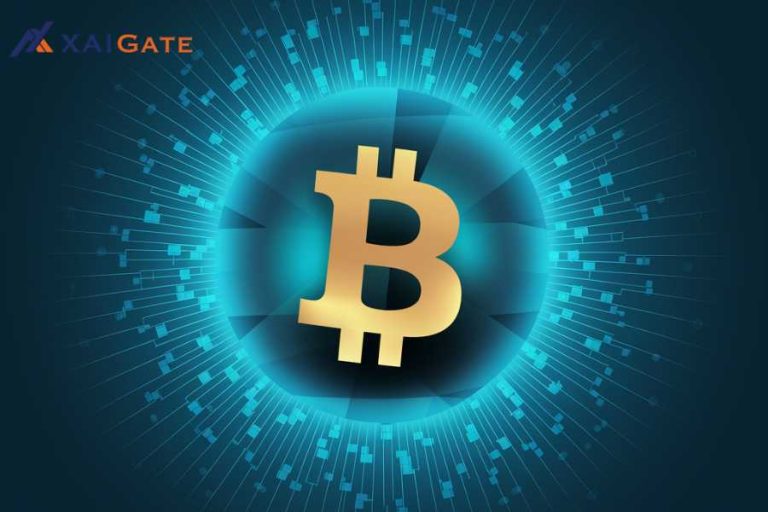
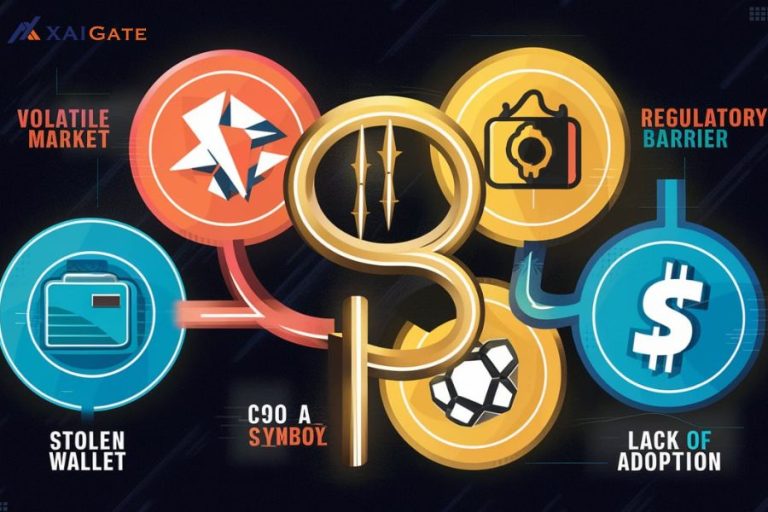


What is cryptocurrency mining, how does it work, and what are the key factors that influence the profitability of mining?
Cryptocurrency mining is a fundamental process by which new coins or tokens are created and transactions are validated and added to the blockchain. It involves solving complex mathematical problems using computational power, and miners are rewarded with cryptocurrency for their efforts. Here’s a breakdown of how mining works and the key factors that influence its profitability:
1. What is Cryptocurrency Mining?
Mining in the context of cryptocurrency is the process by which transactions are verified and added to the blockchain. It involves miners using powerful computers to solve complex cryptographic puzzles. When a miner successfully solves one of these puzzles, they are rewarded with newly minted cryptocurrency. Mining helps secure the network by ensuring that only valid transactions are added to the blockchain.
2. How Does Cryptocurrency Mining Work?
Cryptocurrency mining works by employing a consensus mechanism, most commonly Proof of Work (PoW). Here’s how the process works:
Transaction Verification: When users make cryptocurrency transactions, they are broadcasted to the network.
Solving a Puzzle: Miners use their computing power to solve a complex mathematical puzzle related to a block of transactions.
Proof of Work: Once a miner successfully solves the puzzle, they provide a “proof of work” that confirms they did the computational effort required to validate the block.
Block Reward: As a reward for solving the puzzle, the miner receives a certain amount of cryptocurrency (such as Bitcoin) and the new block is added to the blockchain.
Mining Pool: Due to the high difficulty of mining puzzles, many miners join a “mining pool” to combine their computing power. This increases the chances of solving a puzzle, and rewards are shared proportionally to the amount of work contributed.
3. Key Factors That Influence Mining Profitability
Mining can be profitable, but several factors play a role in determining how much profit a miner can make:
a. Mining Hardware
The type of mining hardware you use significantly impacts your profitability:
ASICs (Application-Specific Integrated Circuits): These are specialized devices designed specifically for mining. ASICs are much faster and more energy-efficient compared to general-purpose hardware.
GPUs (Graphics Processing Units): While less efficient than ASICs, GPUs are versatile and are commonly used for mining altcoins (cryptocurrencies other than Bitcoin).
b. Electricity Costs
Mining is an energy-intensive process, and electricity costs make up a large portion of the expenses. The lower the cost of electricity in your region, the higher your potential profitability. Miners often seek locations with cheap, abundant electricity or renewable energy sources.
c. Mining Difficulty
As more miners join the network, the difficulty of solving cryptographic puzzles increases. This is known as the difficulty adjustment. If mining difficulty rises, it takes more computing power and time to solve a block, reducing profitability unless the price of the cryptocurrency increases.
d. Cryptocurrency Price
The market price of the cryptocurrency you’re mining plays a critical role in determining profitability. If the price of the cryptocurrency drops, mining can become unprofitable as the reward may no longer cover the costs of electricity and hardware maintenance.
e. Mining Pool Fees
If you’re mining as part of a pool, there are usually fees associated with joining the pool. These fees typically range from 1% to 3% of your earnings. While mining pools increase the chances of earning rewards, you should factor in these costs when calculating profitability.
f. Block Reward and Halving Events
The reward you receive for successfully mining a block is often subject to changes over time. For example, Bitcoin undergoes a halving event approximately every four years, reducing the reward for miners by half. While this reduces the supply of new Bitcoin, it can also reduce miner rewards, making it harder to remain profitable.
g. Mining Software
Mining software is used to connect your hardware to the blockchain network. Different mining programs may have different levels of efficiency and compatibility with specific cryptocurrencies. Choosing the right software can enhance mining performance and profitability.
h. Network Hash Rate
The network’s hash rate (the total computational power of all miners on a given network) affects how fast blocks are mined. A higher hash rate means more competition, making it harder to win mining rewards. As more miners join, the network hash rate increases, which may reduce your share of the rewards.
4. Conclusion:
Mining cryptocurrency is a rewarding process that helps secure blockchain networks, but its profitability depends on various factors, including the type of hardware used, electricity costs, the market price of the cryptocurrency, and the network’s difficulty level. While it can be a lucrative venture, miners need to carefully calculate their costs and stay updated on market conditions and technological developments. In many cases, joining a mining pool or focusing on alternative cryptocurrencies with lower mining difficulty can increase the chances of success.
If you’re considering mining, it’s important to understand these factors to make informed decisions and optimize your mining setup for maximum profitability.